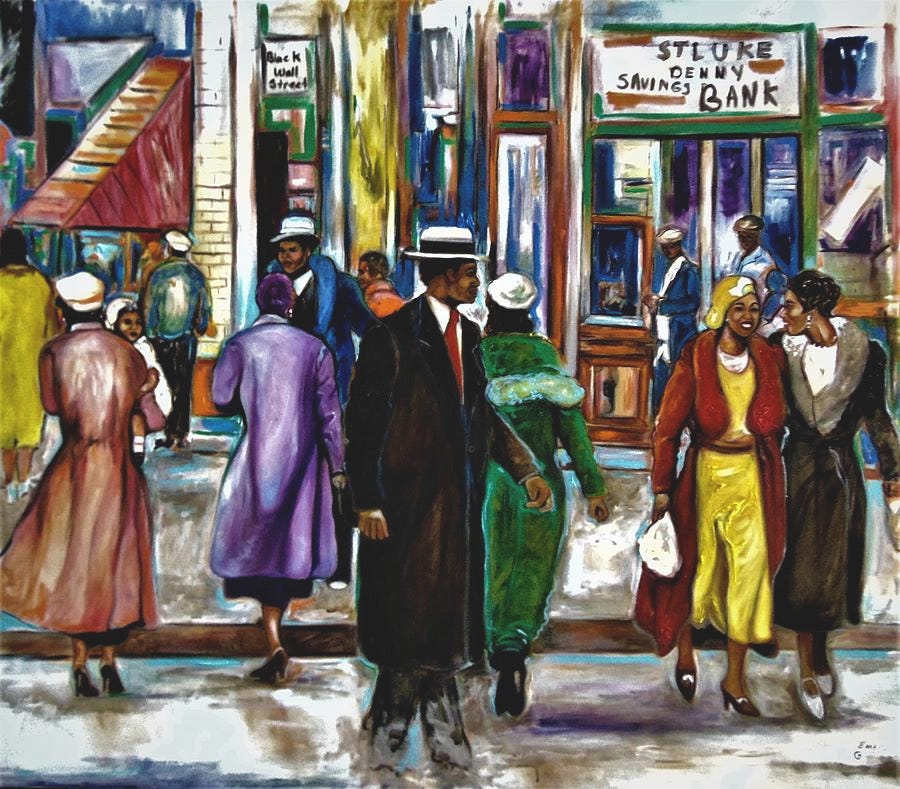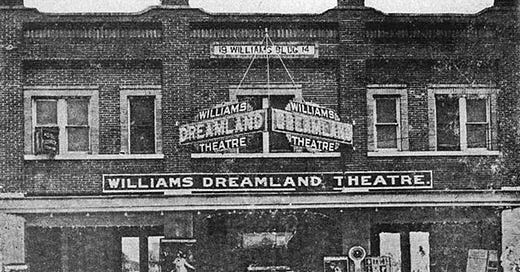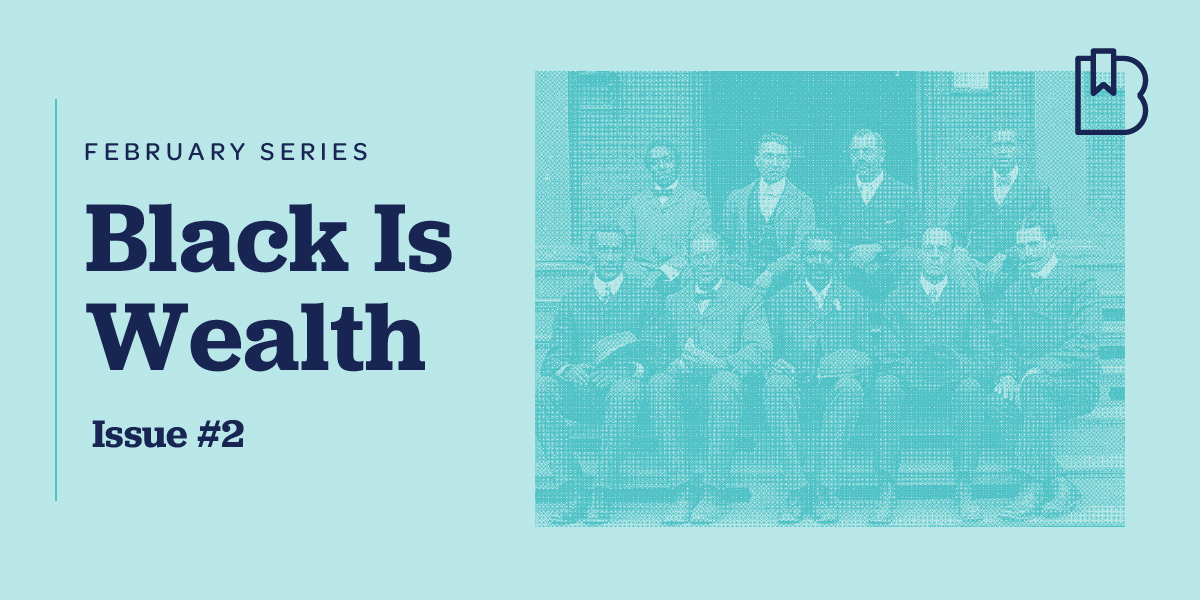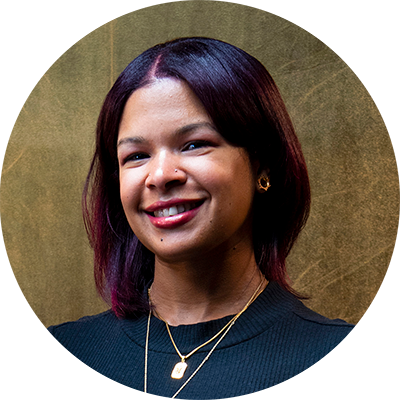Black Is Wealth
Welcome to issue #2!
If you’re just joining us, Black To School is a newsletter for all people interested in learning more about the contributions of Africans and the African Diaspora to global society. We’re excited to learn from these stories, draw inspiration from them, and be the change that we want to see in our own lives, homes, and communities.
As part of our celebration of Black History Month, we’re exploring the legacy of wealth and wealth building in Black communities. In this issue we’ll:
Learn about Black Wall Street, the wealthiest independent Black community in the Western world with a combined wealth of over $200 Million at its height.
Share ideas on how you, along with your friends and family, can invest in others to build wealth as a community.

Welcome to the Greenwood District
Contributor: Taylor Thompson
We’ve learned about Mansa Musa (issue #1), but there are many other examples of prosperity from the African community and the diaspora at large. In the United States alone, there are over 120 majority-black cities in which household incomes outperform the national average.
However, when you talk about modern wealth building in the Black community, you also have to acknowledge that systemic racism has provided an additional barrier over the years, especially in the United States. Between segregation, redlining, and employment discrimination, the road to success is not always clear or easy.
So how have we been able to build wealth and achieve financial freedom? In a word, community.
When we invest in our communities, in our neighbors, and in our families, we see that growth returned again and again. How we use our money truly matters. An outstanding lesson of community wealth building can be found in the example of Black Wall Street, a once-thriving community located in the Greenwood District of Tulsa, Oklahoma.
Following the Reconstruction era (1863 - 1877), many African Americans relocated from the South to other parts of the country. During that time, over 50 Black townships were founded in Oklahoma alone, and this is where O.W. Gurley, a wealthy Black landowner, purchased 40 acres of land. The community that followed was built and held together by one unbreakable promise: land in the Greenwood District could only be sold to African Americans. Ironically, this principle is known as a restrictive covenant and has been used to exclude “undesirables” from neighborhoods. Regardless, it helped to shape and strengthen the community at the time.
At its peak, Black Wall Street encompassed 35 city blocks and was home to approximately 10,000 Black residents. This included two millionaires (in today’s dollars), 1,200 homes, over 600 Black businesses, 23 grocery stores, 20 restaurants, 4 hotels, a theater, a hospital, a school system, and churches. Some members of the community even owned private planes!
Tragically, on May 30, 1921, after growing racial tensions, a white mob rioted and ultimately burned down Black Wall Street. Over 800 Black residents were injured and as many as 300 were killed, and the total amount of property damage is estimated to be between $50 to $200 million in today’s dollars, not including the losses in economic activity.
Despite the devastating end to the famed Greenwood District, the success of the community can’t be denied. Black Wall Street isn’t just a place anymore, it’s a blueprint that continues to inspire present day entrepreneurs, investors, and professionals in communities across the globe.
🛠️ The Black To School Toolkit
Now What? Dig Deeper with Friends, Family, and Others.
Interested in the origins of Black Wall Street? Learn more about O.W. Gurley, the son of a former slave who had a vision of economic prosperity for his community. While Forbes called him the “Jeff Bezos” of Black Wall Street, O.W. Gurley was not alone in his efforts, so read about some of his partners like John the Baptist (J.B.) Stratford, A.J. Smitherman, and Loula Williams. Want a longer read? Dive into “The Rise and Fall of Black Wall Street” by Robin Walker, a celebrated author and professor.
Looking for a way to share Black Wall Street with your kids? Read Opal's Greenwood Oasis (for ages 4 - 10). This book covers the success of Black Wall Street before the massacre, and it was written by two homegrown Oklahomans, teacher Najah-amatullah Hylton and award-winning poet Quraysh Ali Lansana.
Buy Black! You can find Black businesses from around the world with the Official Black Wall Street app created by Mandy Bowman. Follow along on Instagram or sign up to get alerts for when you’re near one of their 5,000 registered Black-owned businesses. You can also check out Beyonce’s directory of Black owned businesses and The Green Guide (inspired by The Green Book), a global guide of over 200 black businesses.
Curious about what creating a new community could look like? Check out this modern-day example from 2020! Last August, 19 Black families came together and purchased a whole town (97 acres) in Georgia for the price of $1.7 million.
Want to open an account with a Black owned bank? Here’s a list of federally regulated Black-owned banks and credit unions. Make sure to check out Greenwood Bank, a new digital banking experience founded by former Atlanta Mayor and U.S. Ambassador, Andrew Young, and activist and rapper, Killer Mike.
Ready to share some bite-sized history? Pass along this 3 minute video from PBS for a brief overview on Black Wall Street. Also, check out this illustrated breakdown of the 1921 Massacre of Black Wall Street sponsored by the Atlantic, and look at the sources at the end for some great additional reading.
Still Not Sure Why this Story Matters? Read the official government report. A House joint resolution was passed in 1997 to commission a full study of the 1921 Black Wall Street Riots (Massacre). This is the final report, published in 2001. As much as we appreciate the magic of Black Wall Street, the massacre is also part of our collective history. It’s ours to remember, reflect on, and never repeat.
⌛ The Black To School Timeline
Black Wealth Comes From Doing Business With & Investing In Each Other.
Last week, we did some exploring in the Middle Ages (Over 700 Years Ago) The Person: Mansa Musa, King of Mali, whose fortune is valued at $400 Billion (in today’s dollars), cornered the market for gold, made Timbuktu a global commercial center, and, as a result, Mali was added to the world map.
In this issue, we looked into the Late 19th/Early 20th Century Period (Nearly 150 Years Ago) The Place: Black Wall Street, a town founded in 1906, which at its peak had over 10,000 residents, hundreds of Black entrepreneurs, and thousands of professionals. Together, they were the wealthiest, self-sustaining Black community in the Western world.
Next week, we’ll take a look at the Contemporary Period (Within the last 30 Years) The Practice: Ariel Investments, led by the dynamic duo John Rogers & Mellody Hobson. With nearly $15 Billion in assets, Ariel is the largest majority Black-owned investment firm in the world. They build diverse corporate boards, executive teams, and suppliers that produce high long term returns for shareholders and society.
About This Week’s Contributor
Taylor Thompson
Hey there! I’m Taylor, an art director and designer based right outside of Atlanta, Georgia. I’m passionate about using design for positive impact and supporting social justice initiatives. As a Black woman in a predominantly white and male industry (see here and here), representation can be difficult to find. I joined the Black To School Collective to continue my own learning, and to help organize, share, and create materials that shine light on the many different contributions of the Black community. I think this information is essential, and it’s been a joy to be involved in sharing it with others. I’m honored to be a part of ongoing progress in my own small way. ✌🏾
About Black To School
Black To School is a collaborative volunteer effort focused on sharing Black history, collecting helpful resources, and creating a safe space for discussion. Learn more about us here and join our Slack community to keep the conversation going. All are welcome!
And if you’re passionate about this type of work and want to help out, please let us know! The best way to get in touch is by emailing info@blcktoschool.com with “volunteer” as the subject.






